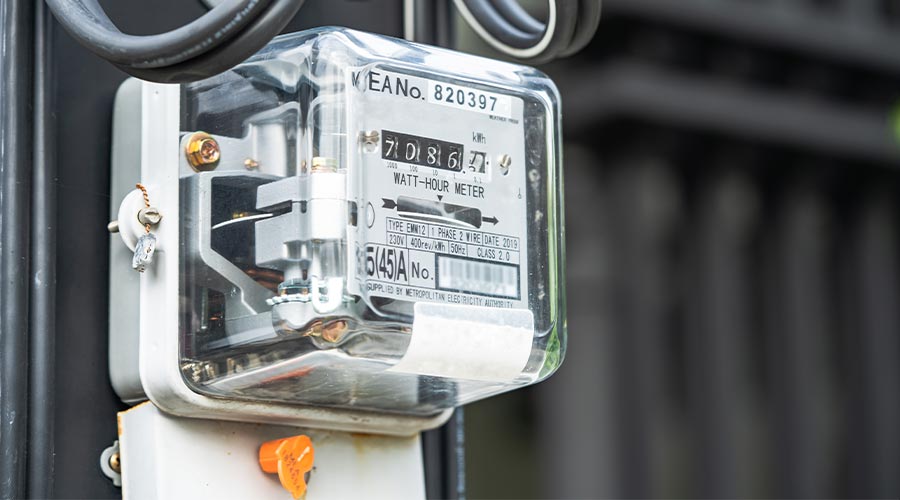Keeping UPS and Generators Prepared
Effective testing, maintenance and monitoring help standby systems support facility operations in a crisis
Uninterruptible power supplies (UPS) and standby generators are essential for providing emergency power to institutional and commercial facilities in the event utility power is lost. Standby power systems are often used for life-safety systems and other critical loads, such as emergency lighting, fire-alarm system, fire pumps, data servers, and critical air handling units, just to name a few.
For maintenance and engineering managers responsible for ensuring that standby power systems provide a reliable supply of power, success involves paying attention to three key issues: understanding standby power systems, implementing a comprehensive preventive maintenance program, and arranging for effective monitoring of system performance.
Planning for performance
For managers and front-line technicians to effectively oversee and operate standby power systems, they need to have access to the latest updated drawings and an operational manual for each system component. This level of understanding of the standby power system will provide building operators and facility engineering staff with crucial information that will enable them to communicate effectively and maintain normal system operations.
Operators and technicians are responsible for ensuring system operation in an emergency, but if they are not prepared, the performance of standby power systems and the uptime of life-safety and other critical systems will be compromised.
For example, if new loads were added to the UPS system but are not documented and updated to the schedule drawings, it can result in overloading a circuit, or an unexpected loss of power to particular loads during a planned shutdown.
As another example, when technicians perform a scheduled test of a diesel fuel generator when there is not a significant load for a long period of time, there is a risk of causing wet stacking. Wet stacking is an event in which a generator is running with significantly low loads causing some unburned fuel to pass through and mix with soot in the exhaust piping inner wall. Enough buildup of soot and unburned fuel can create a fire hazard. An operation manual will detail that it is important to run the generators with a load bank.
Although not all facility generators are equipped with a permanent load bank, it is recommended to rent a load bank as often as necessary depending on the frequency with which the generator is tested under low load.
One last example pertains to coordinating UPS dropout settings with automatic transfer switch (ATS) generator start settings. Often, the UPS voltage dropout settings are more sensitive than the ATS voltage drop settings. If this is not addressed, during an event when utility power voltage drops below the UPS settings but still is in range of the ATS dropout settings, the UPS system will transfer to battery mode until the utility power voltage returns to the UPS pickup settings. To limit the time the UPS system is in battery mode in the event the utility power voltage is not consistent, technicians need to coordinate the dropout and pickup settings of the UPS to the ATS.
Related Topics:














